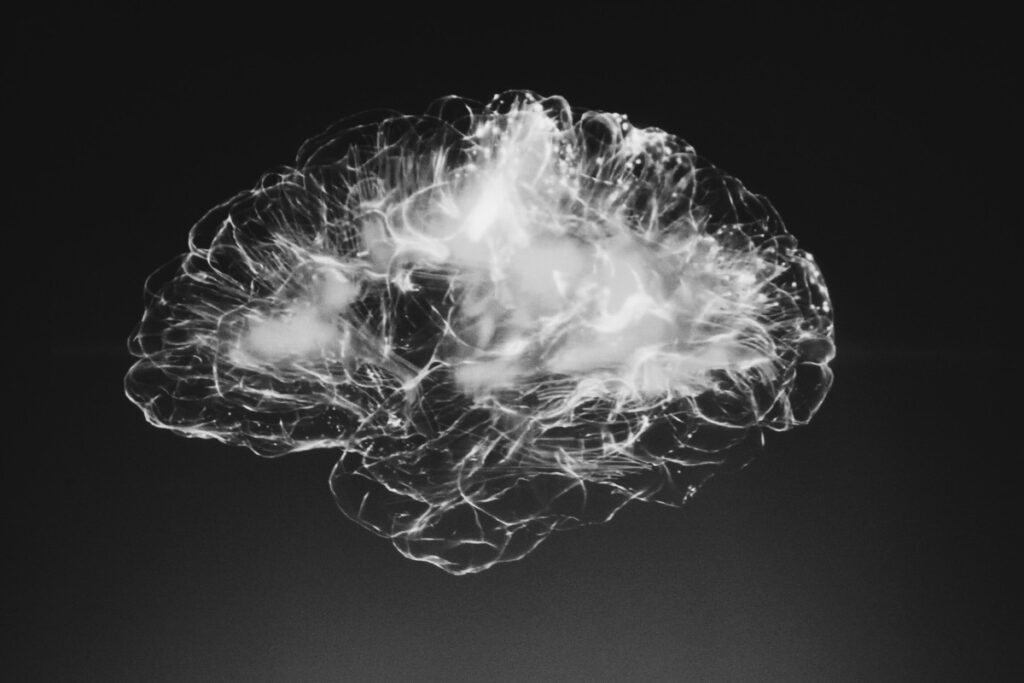Brainspotting is a core practice that can be used to help clients overcome trauma. There are many benefits involved in this practice. Diving deep into the history of brainspotting, you can develop an understanding of this practice and why it is a great option for many people with trauma.
History of Brainspotting
Brainspotting is a relatively new practice, all things considered. It was established by David Grand in 2003. David Grand worked with eye movement desensitization and reprocessing (EMDR). This process involves a professional guiding a client’s eye movement across their visual field to target traumatic memories.
Using this process, David developed an alternative practice, focusing on the visual point of activation rather than the memory itself. This practice is known as brainspotting. While EMDR and brainspotting are very similar, brainspotting follows its unique methods of finding this activation point.
Grand found it more effective in his practice to focus on the body sensations and responses to the activation point rather than the memories perceived. Rather than just accepting the memories that come into play, brainspotting encourages clients to alter the physiological responses associated with that memory.
How Was It Discovered?
The concept of brainspotting was originally developed through studies of neuroscience. Our brain creates maps of the colors and scenery we see to put together a picture of our surroundings. These mental images are associated with memory organization and the reactions that occur from accessing those memory points. Through these studies, the recognition of trigger points within our brains became a point of focus.
This concept led to the discovery of EDMR, which David Grand then incorporated into the practice of brainspotting.
Why We Utilize Brainspotting
The practice of brainspotting can help someone begin to recognize their body’s physiological response to traumatic memories. After these responses are recognized, they can then begin to change the association between the memory and the response. By activating and changing these automatic responses, we can adapt a healthier reaction to these memories.
Which Conditions Can Brainspotting Treat
Brainspotting can access parts of the brain that are not commonly addressed through alternative therapy methods. Because of this ability, this practice is commonly used to treat individuals with post-traumatic stress disorder (PTSD), anxiety, depression, substance use disorder, and many other psychological disorders.
For individuals with co-occurring disorders or a dual diagnosis, this practice is highly utilized. Many of these disorders stem from the brain. The brain’s functioning can also be affected by the use of substances. By finding the activation points within our brain for negative responses to occur, we can work to overcome them and essentially rewire the neural pathways involved.
How Can Brainspotting Benefit You?
There are many benefits of brainspotting that can help you through your recovery journey. Review these benefits and consider if brainspotting could be an option for you.
#1 Increased Awareness
One key benefit involved with the practice of brainspotting is increasing your level of awareness of your reactions. You will develop a greater understanding of how your body reacts to certain triggers and the emotional responses that ensue. When you are in a public setting and begin to notice these responses arising, you can mentally prepare to manage your emotions and the triggers they arise from.
Self-awareness is highly important in recovery, especially when it comes to maintaining sobriety. Being aware of your body’s natural responses gives you the power to correct them to a healthy response rather than setting you into a mode of panic. Recognition of these responses can help you mentally step back from the negative emotions that arise. With that mental distance, you can reassess the situation from a clear state of mind.
#2 Decreased Trauma Response
The intended purpose of brainspotting is to heal trauma. Individuals who experience high levels of trauma alongside substance use disorder often find that their trauma responses influence their use of substances. Substance use can commonly be used as an unhealthy form of coping, leading to further negative health effects. By healing your past trauma and developing appropriate coping skills to manage the emotions associated with these memories, you can avoid or break away from dependence on substances.
The practice of brainspotting allows you to glimpse into your unconscious mind. It enables you to access moments of trauma that you may not have processed yet. This can help you address the deep root of your negative emotions and alter them to assist you in recovery.
These benefits can be highly impactful in your ability to regulate your sobriety and move past the traumas deeply hidden within your mind. While this practice is still relatively new, there has been great success through its utilization. We hope you utilize this practice at our facility, especially if you are dealing with trauma related to your substance use disorder. Ask your treatment team if brainspotting could be a good addition to your plan.
Brainspotting is a practice that we commonly utilize at Dream Recovery. Learn about the history and development of brainspotting and how it can benefit you today. Past research has allowed us to discover this practice and offer it to your advantage today. This practice can be great at improving levels of self-awareness and healing trauma that may be associated with substance use disorder. Rewiring these responses can allow you to diminish the negative unconscious reactions that occur from correspondence with specific trigger points. These alterations can help you manage sobriety in the long run as well, as you have practice in overcoming these emotions and can recognize them. To learn more, reach out to Dream Recovery at (949) 732-1960.

